Travel Mary Ann Bugg
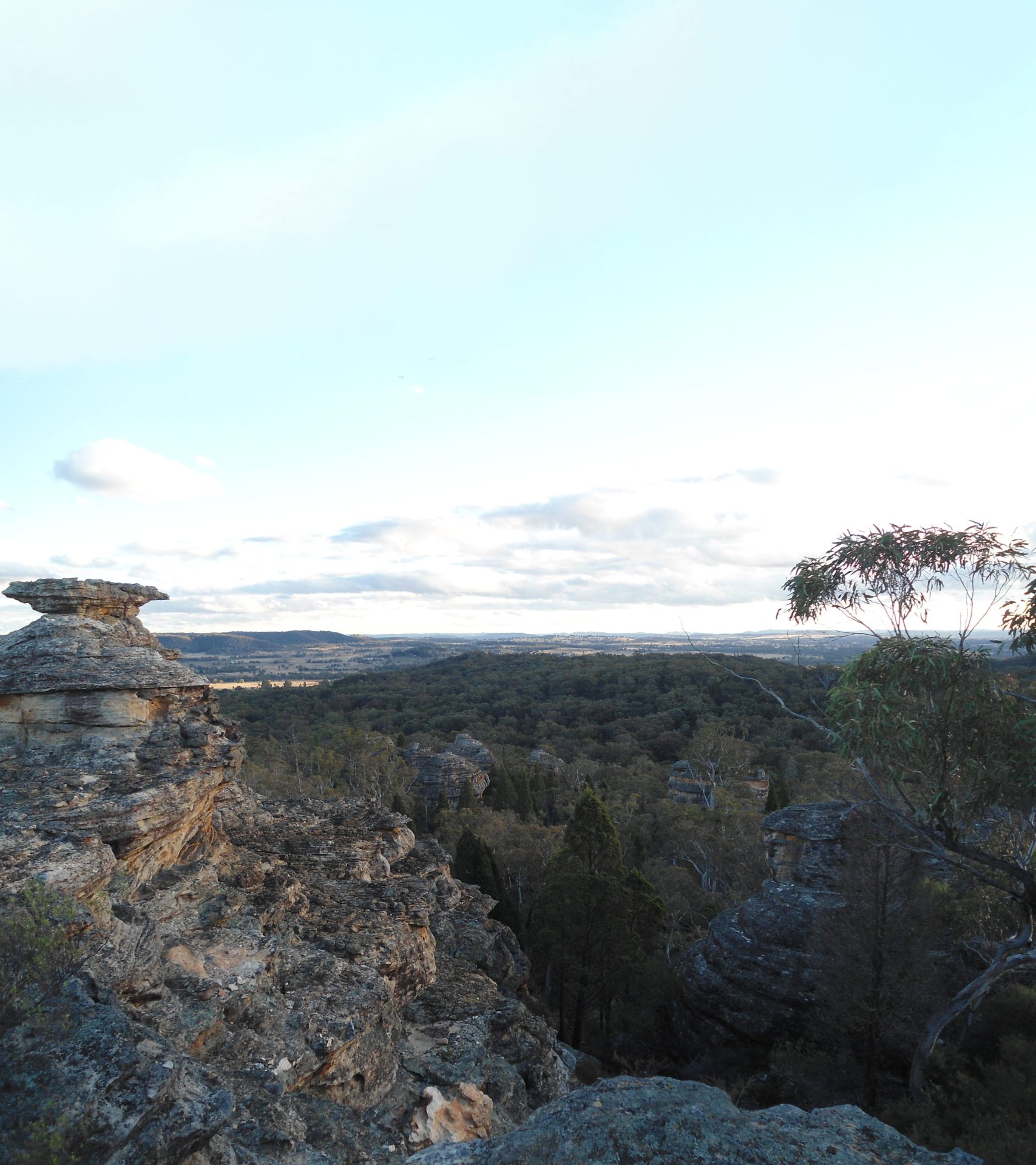
The story of Captain Thunderbolt’s lady
Mary Ann Bugg was born May 7 1834 to English convict James Bugg and an Aboriginal woman named Charlotte. James oversaw Berrico outstation near Gloucester, Mary Ann’s birth home. By 1839, she was Christened at St. John’s in Stroud and attended the Female Orphan School in Sydney. After five years, Mary Ann returned to further learn the traditions of the land. Mary Ann would successfully grow up with the skills of two worlds.
In June 1848, she married ex-convict Edmund Baker in St Johns at Stroud. Their marriage dissolved and Mary Ann moved to the goldfields with John Burrows. Another partner and another move! This time it was to the Mudgee area with James McNally. At least six children were born during these times.
A Daring Escape
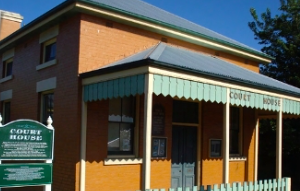 In early 1861, Mary Ann was pregnant again. This time to dashing stockman, Frederick Wordsworth Ward, soon to become the notorious bushranger, Captain Thunderbolt.
In early 1861, Mary Ann was pregnant again. This time to dashing stockman, Frederick Wordsworth Ward, soon to become the notorious bushranger, Captain Thunderbolt.
Fred was on a ticket of leave from Cockatoo Island Prison, where he was serving for receiving stolen horses. A condition of leave was to report and remain in the Mudgee area. Against this condition, Fred took Mary Ann and her youngest McNally daughter to her father’s house at Monkerai. Her mother Charlotte had passed, and she probably wished to give birth to Fred’s child, amongst family.
Fred tried in haste to report back to Mudgee but was too late and was returned to Cockatoo Island. He now had a lady and a daughter waiting for him outside and in September 1863, he and an accomplice swam to freedom; the only prisoners to successfully do so.
Rivers, Refuge & Remittance
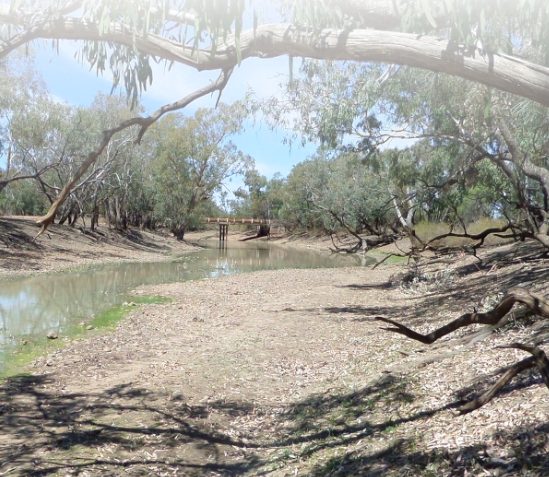 Fred’s bush-ranging career began in earnest. He was often seen with Mary Ann and two children. Family members cared for Mary Ann’s other children as were these two at times. The couple left the Hunter by mid-1864 and camped along Culgoa River near Brenda. Fred would go on raids while Mary Ann remained with the children.
Fred’s bush-ranging career began in earnest. He was often seen with Mary Ann and two children. Family members cared for Mary Ann’s other children as were these two at times. The couple left the Hunter by mid-1864 and camped along Culgoa River near Brenda. Fred would go on raids while Mary Ann remained with the children.
Mary Ann was caught with stolen property west of Walgett in April 1865. Soon after her arrest, Fred rescued his family and they returned to the Tamworth area.
By 1866, Mary Ann bore another child and the family camped at Barrington Tops. When the police pounced, Thunderbolt escaped. Mary Ann and the children were arrested but, daringly, escaped.
She was later arrested and convicted for vagrancy and began a six-month sentence in Maitland Gaol with her three daughters. But after serving two weeks, the Governor remitted her sentence due to Parliament deeming it a cruel injustice.
Hunter Hideaways
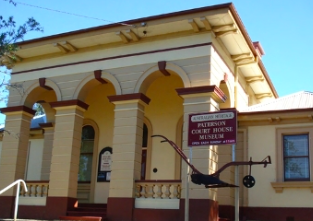 In early January 1867, Mary Ann was again arrested on the Allyn River near Eccleston. Once again Thunderbolt escaped. She was charged and found guilty in Paterson Courthouse of having lengths of cloth, suspected of being stolen. She was sentenced to three months in Maitland Gaol. Further investigation of this gross injustice, led to proof of her purchasing most of the cloth. Once again, her sentence was remitted.
In early January 1867, Mary Ann was again arrested on the Allyn River near Eccleston. Once again Thunderbolt escaped. She was charged and found guilty in Paterson Courthouse of having lengths of cloth, suspected of being stolen. She was sentenced to three months in Maitland Gaol. Further investigation of this gross injustice, led to proof of her purchasing most of the cloth. Once again, her sentence was remitted.
For the remainder of the year, she hid out in various Hunter locations while Fred followed the affections of Louisa Mason. When Louisa died on the Goulburn River in November 1867, Fred returned to Mary Ann and in August 1868, Frederick Wordsworth Ward II was born, in Carroll near Gunnedah. By the time of the birth of their last child, Fred and Mary Ann had gone separate ways, never to meet again.
A New Life
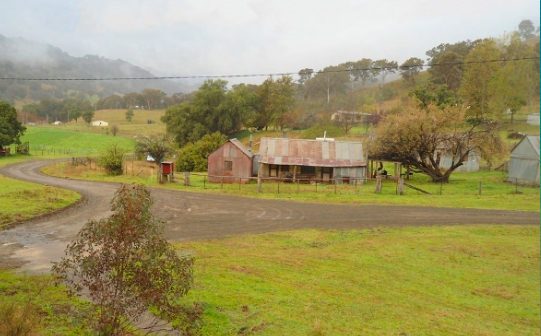 Thunderbolt was shot dead by Constable Alex Walker near Uralla in May 1870.
Thunderbolt was shot dead by Constable Alex Walker near Uralla in May 1870.
Although Mary Ann often used the surname Ward, there is no evidence of a marriage. Her children to Fred were named Ward. Mary Ann met up again with John Burrows. Fred Junior grew up a Burrows and Mary Ann had five more children with John, a total of 15 over 30 years.
Mary Ann Burrows died on 22 April 1905 and is buried on the right near the main gate of Mudgee Cemetery.
Gregory Powell is the author of Bushranger Tracks and Bushranger Tracks-Beyond the Legends
